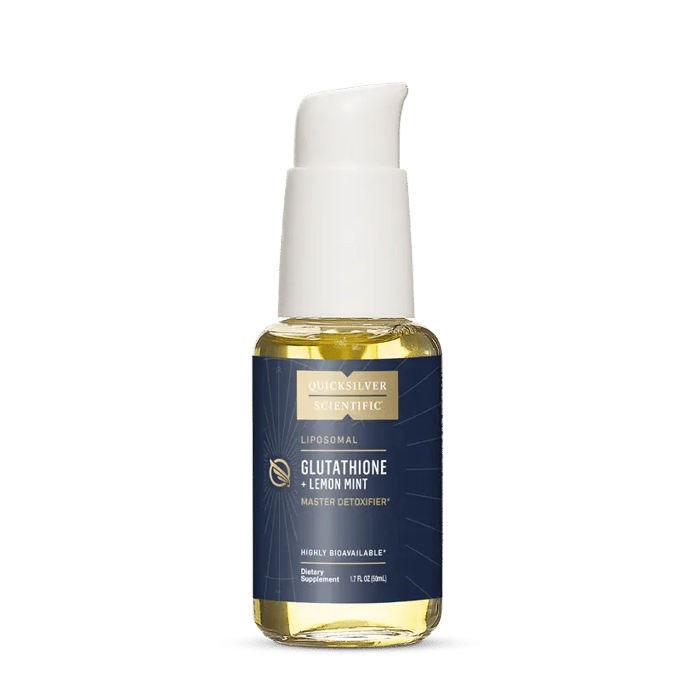Is Methylene Blue Safe for Long-Term Use?
Table of Contents
Methylene blue, a compound first developed in the 19th century, has a variety of uses across medicine and science. It is most commonly known for its role as a dye in laboratory settings, but it has also been explored for its potential therapeutic effects. With growing interest in its possible health benefits, many people wonder: is methylene blue safe for long-term use?
In this article, we’ll take a closer look at methylene blue's safety profile, its potential benefits, and whether it’s advisable to use it over extended periods. Read on to find out!
What is Methylene Blue?
Methylene blue is a synthetic dye that has been widely used in both scientific and medical contexts. In medicine, it has been prescribed to treat conditions like methemoglobinemia (a condition where the blood can't carry oxygen properly), urinary tract infections, and even as an antidote to certain types of poisoning. More recently, methylene blue has gained attention as a supplement that may offer cognitive and anti-aging benefits.
Is Methylene Blue Good for You?
The question of is methylene blue good for you hinges largely on the context in which it’s used. There is evidence suggesting that methylene blue may have several health benefits, particularly related to its antioxidant properties and ability to support cellular energy production. It has been studied for its potential to enhance cognitive function, improve memory, and provide neuroprotective effects. Some research even suggests that it might have a role in mitigating the effects of aging by protecting cells from oxidative damage.
However, while these findings are promising, the long-term safety and efficacy of methylene blue in these applications are still under investigation. It’s crucial to note that most studies have been conducted on animals or in controlled environments, and human trials are limited.
Long-Term Use: What the Research Says
While methylene blue has demonstrated potential therapeutic effects, the question remains: Is methylene blue safe for long-term use? The answer is not entirely straightforward, as the compound’s safety profile depends on the dose, frequency of use, and individual health conditions.
Research suggests that when used appropriately under medical supervision, methylene blue can be safe for short-term use. However, concerns arise when considering its long-term use. For example, methylene blue can interact with certain medications, particularly those that affect serotonin levels in the brain, such as antidepressants. This can lead to a dangerous condition called serotonin syndrome, which can be life-threatening. Additionally, the substance can cause side effects like headaches, nausea, and skin discoloration.
In some cases, prolonged exposure to methylene blue may also impact the liver and kidneys, which are responsible for metabolizing and eliminating the substance from the body. For this reason, anyone considering using methylene blue over the long term should consult a healthcare provider to monitor potential adverse effects.
Precautions and Side Effects
While methylene blue is generally well-tolerated in clinical settings, it’s essential to be aware of possible side effects, especially with extended use. Common side effects include:
- Skin and urine discoloration (often turning blue or green)
- Nausea and vomiting
- Dizziness or headaches
- Increased heart rate or blood pressure
Long-term use may lead to more severe complications, such as serotonin syndrome, as mentioned earlier. For this reason, using methylene blue outside of a clinical setting or without a doctor’s guidance is not recommended.
The Takeaway
The answer to whether methylene blue is safe for long-term use depends on several factors, including dosage, health status, and potential drug interactions. While research suggests it may have benefits for cognitive function and cellular health, its long-term safety remains uncertain, particularly for individuals who are using it outside of a clinical setting.
Before incorporating methylene blue into a long-term health regimen, it's crucial to consult with a healthcare professional to assess the potential risks and ensure that it doesn’t interfere with other treatments or underlying conditions. As with any supplement or treatment, caution and proper guidance are key to ensuring safety.
Check also article about Benefits of Methylene Blue
References
- Food and Drug Administration. (2020). FDA Drug Safety Communication: Updated information about drug interaction between methylene blue and certain medications. https://www.fda.gov/drugs/drug-safety-and-availability/fda-drug-safety-communication-updated-information-about-drug-interaction-between-methylene-blue
- National Center for Biotechnology Information. (2018). Methylene blue. https://www.ncbi.nlm.nih.gov/books/NBK557593/
- PubChem. (n.d.). Methylene blue: Drug and medication information. https://pubchem.ncbi.nlm.nih.gov/compound/Methylene-Blue#section=Drug-and-Medication-Information
- Rojas, J. C., et al. (2020). Methylene blue: An overview of its mechanisms of action, applications, and safety. PMC, 7673545. https://pmc.ncbi.nlm.nih.gov/articles/PMC7673545/
- Singh, V., et al. (2017). Methylene blue in medicine: Pharmacological properties and therapeutic uses. PMC, 5018244. https://pmc.ncbi.nlm.nih.gov/articles/PMC5018244/
- Thangaswamy, S., & Anbarasu, A. (2020). Safety profile of methylene blue: A review of its pharmacological uses. PMC, 8699482. https://pmc.ncbi.nlm.nih.gov/articles/PMC8699482/



